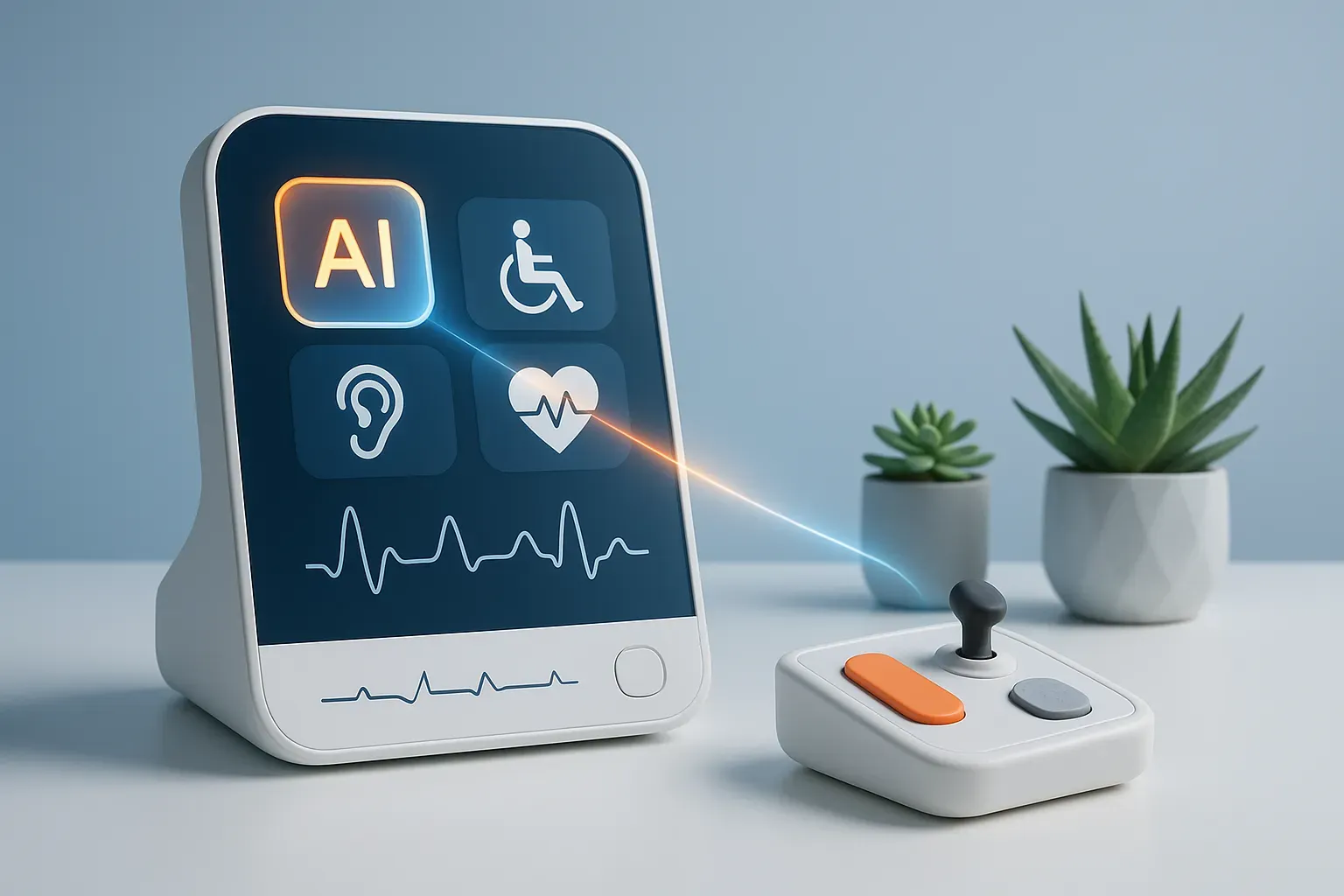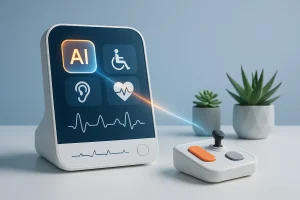Artificial Intelligence is transforming patient care, but not without its challenges. This article presents key insights from healthcare experts on integrating AI into medical practice. Readers will discover how AI supports clinicians, enhances human care, builds patient trust, and improves acceptance through empathetic design.
- AI Supports Clinicians Without Replacing Them
- Hybrid Approach Enhances Human Care
- Transparent AI Use Builds Patient Trust
- Empathetic AI Design Improves Patient Acceptance
AI Supports Clinicians Without Replacing Them
One of the biggest challenges we’ve faced when implementing AI in patient care is building trust with clinicians. Healthcare professionals are understandably cautious about AI because their work directly impacts people’s lives. They worry that AI might make mistakes, remove clinical judgment, or depersonalize care. These concerns are completely valid.
Early on, we saw hesitation from users who felt that AI might take control of clinical notes or interfere with their process. So we made a deliberate choice to design AI tools that support, not replace. Everything the AI suggests is editable, visible, and clearly explained. Nothing is hidden, and nothing happens without their input.
We’ve been intentional from the beginning that AI in healthcare should assist clinicians, not replace them. It’s there to reduce the administrative burden, not make decisions on their behalf. Our goal is to free up time so they can focus more on the patient sitting in front of them. By grounding our tools in actual clinical workflows and keeping the human in charge, we’ve seen growing confidence and adoption across the board.
 Jamie Frew
Jamie Frew
CEO, Carepatron
Hybrid Approach Enhances Human Care
One of the biggest challenges I’ve faced in implementing AI solutions in patient care — especially in the context of sexual health and mental health — has been building trust, both with patients and clinicians. As a psychiatrist with over 25 years of experience, I’ve seen firsthand that care is not just about outcomes — it’s about relationships. So when AI enters the room, the fear is: will it replace the human connection?
Initially, there was skepticism. Patients were wary of chatbots or automated systems handling sensitive issues like erectile dysfunction or performance anxiety. Clinicians, too, were concerned — would AI oversimplify complex cases, or depersonalize care?
To overcome this, we adopted a hybrid approach that enhanced, rather than replaced, human care. We used AI to streamline intake processes, flag risk patterns, and deliver follow-ups — but always with a human handoff. For example, our system might detect distress signals in a patient’s interaction history, but it’s a clinician who follows up with empathy and nuance.
The key was transparency and integration. We communicated clearly with patients: “This tool helps us help you better. You’re not being replaced, you’re being supported.” Internally, we trained our clinical team to see AI as an assistant — not a decision-maker — so they felt empowered, not threatened.
For others looking to implement AI in healthcare, I’d recommend three things:
1. Start with a narrow, meaningful use case — don’t aim to overhaul everything at once.
2. Involve clinicians early so they co-create the process and stay aligned with ethical care.
3. Respect the emotional layer of healthcare — especially in fields like psychiatry and sexual medicine. AI can be a powerful tool, but trust is the foundation. Without it, no amount of innovation will work.
 Dr Sandip Deshpande
Dr Sandip Deshpande
Medical Officer, Psychiatrist, Sexual & Relationship Therapist, Allo Health
Transparent AI Use Builds Patient Trust
One challenge I’ve faced when implementing AI in patient care, particularly in image-based diagnostic support tools, is earning patient trust in the technology. Many patients are understandably hesitant when they hear that artificial intelligence is being used in their diagnosis, often fearing it’s a replacement for clinical judgment.
To overcome this, I’ve made it a priority to be transparent about how AI tools are used: as a supplement, not a substitute, for my expertise. I explain that AI helps flag patterns or assist in documentation, but final decisions are always made by me. Once patients understand that AI is part of improving accuracy and efficiency, not replacing the human element, they’re much more comfortable.
For others adopting AI in clinical settings, I’d recommend placing equal focus on patient education and communication. Make space to explain what the tool does, what it doesn’t do, and how it benefits them directly. Transparency builds trust, and trust is essential for innovation in medicine.
 Dr Shamsa Kanwal
Dr Shamsa Kanwal
Medical Doctor and Consultant Dermatologist, myHSteam
Empathetic AI Design Improves Patient Acceptance
One of the biggest challenges in implementing AI in patient care is building trust — patients need to feel seen, not surveilled. Early on at my practice, we noticed that even accurate AI insights fell flat if they lacked emotional resonance. We overcame this by designing our systems to reflect empathy, not just intelligence — integrating sentiment analysis and behavioral cues to tailor how AI communicates. My advice: don’t just optimize for accuracy; optimize for understanding. Make your AI as emotionally intelligent as it is technically sound.
 John Oberg
John Oberg
CEO, Precina Health













